Linxuan Song
GANN: Graph Alignment Neural Network for Semi-Supervised Learning
Mar 14, 2023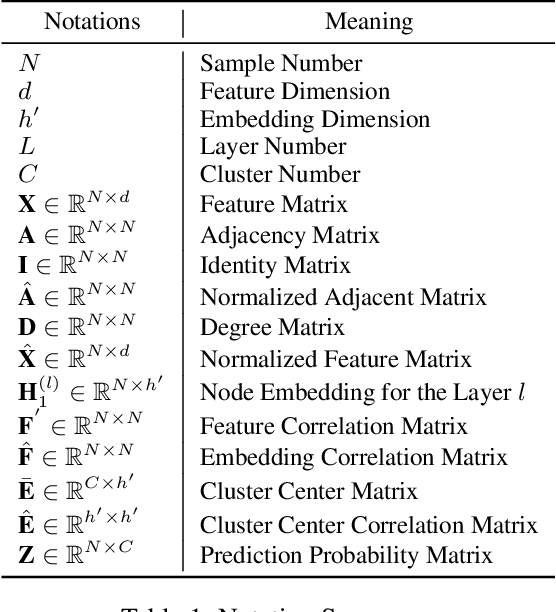
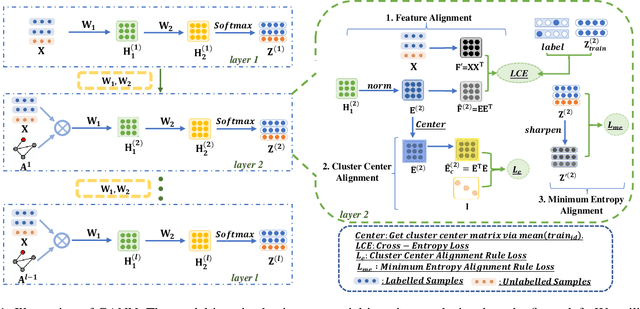
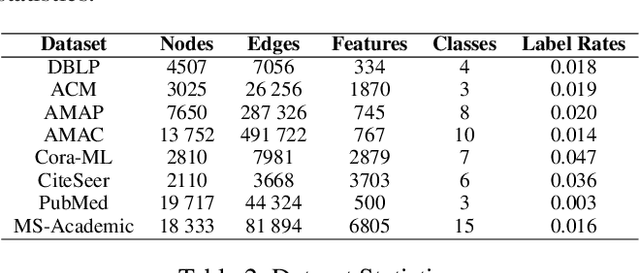
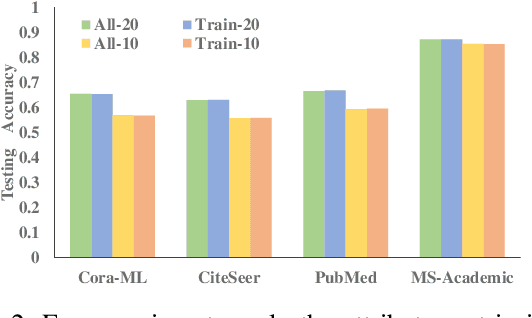
Abstract:Graph neural networks (GNNs) have been widely investigated in the field of semi-supervised graph machine learning. Most methods fail to exploit adequate graph information when labeled data is limited, leading to the problem of oversmoothing. To overcome this issue, we propose the Graph Alignment Neural Network (GANN), a simple and effective graph neural architecture. A unique learning algorithm with three alignment rules is proposed to thoroughly explore hidden information for insufficient labels. Firstly, to better investigate attribute specifics, we suggest the feature alignment rule to align the inner product of both the attribute and embedding matrices. Secondly, to properly utilize the higher-order neighbor information, we propose the cluster center alignment rule, which involves aligning the inner product of the cluster center matrix with the unit matrix. Finally, to get reliable prediction results with few labels, we establish the minimum entropy alignment rule by lining up the prediction probability matrix with its sharpened result. Extensive studies on graph benchmark datasets demonstrate that GANN can achieve considerable benefits in semi-supervised node classification and outperform state-of-the-art competitors.
Deep Graph Clustering via Dual Correlation Reduction
Dec 29, 2021
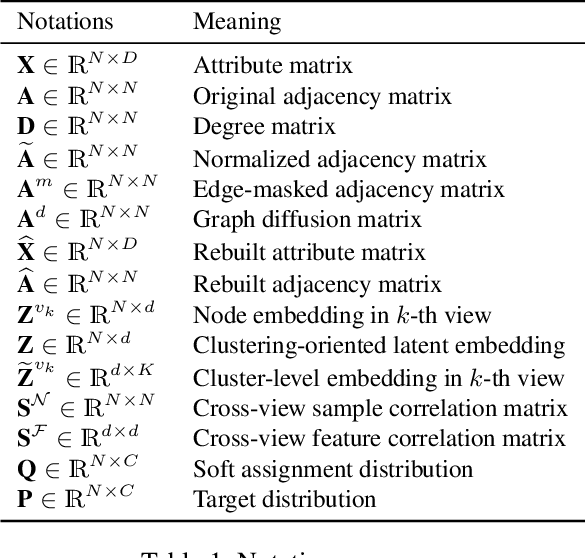
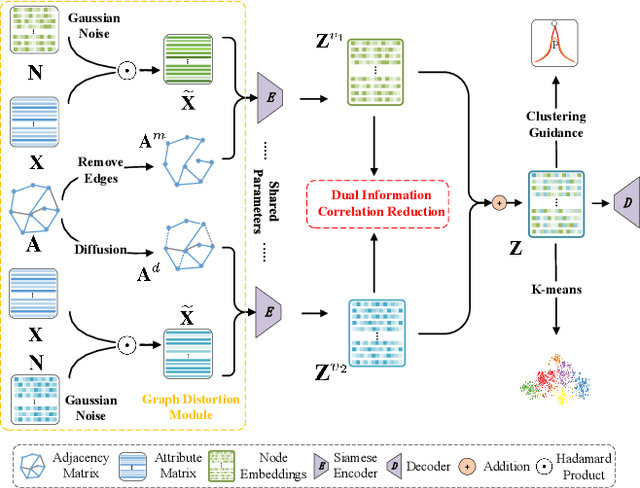
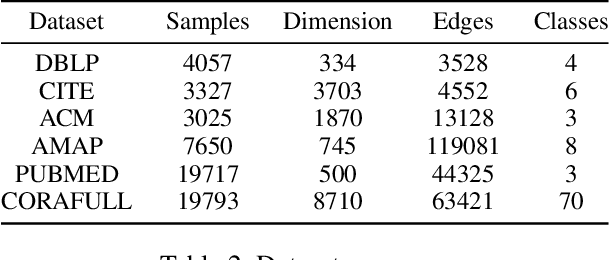
Abstract:Deep graph clustering, which aims to reveal the underlying graph structure and divide the nodes into different groups, has attracted intensive attention in recent years. However, we observe that, in the process of node encoding, existing methods suffer from representation collapse which tends to map all data into the same representation. Consequently, the discriminative capability of the node representation is limited, leading to unsatisfied clustering performance. To address this issue, we propose a novel self-supervised deep graph clustering method termed Dual Correlation Reduction Network (DCRN) by reducing information correlation in a dual manner. Specifically, in our method, we first design a siamese network to encode samples. Then by forcing the cross-view sample correlation matrix and cross-view feature correlation matrix to approximate two identity matrices, respectively, we reduce the information correlation in the dual-level, thus improving the discriminative capability of the resulting features. Moreover, in order to alleviate representation collapse caused by over-smoothing in GCN, we introduce a propagation regularization term to enable the network to gain long-distance information with the shallow network structure. Extensive experimental results on six benchmark datasets demonstrate the effectiveness of the proposed DCRN against the existing state-of-the-art methods.
 Add to Chrome
Add to Chrome Add to Firefox
Add to Firefox Add to Edge
Add to Edge